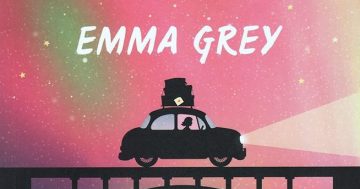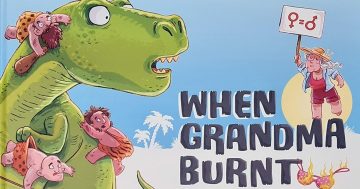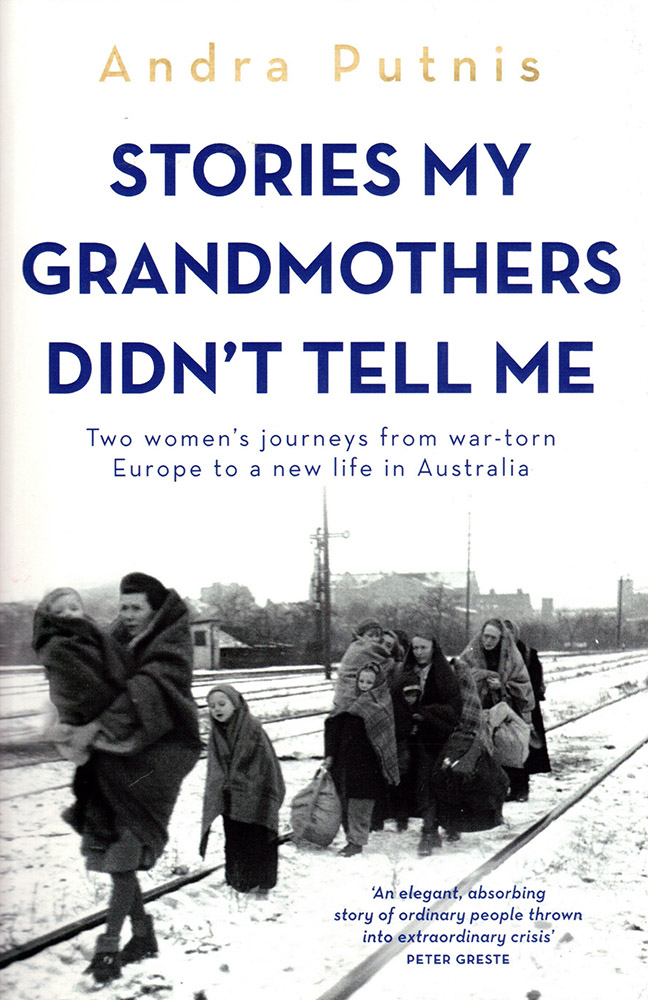
Stories My Grandmothers Didn’t Tell Me is a moving family history in the context of World War II Soviet and German occupations. Images: Supplied.
In Stories My Grandmothers Didn’t Tell Me (Allen & Unwin; cover design Louisa Maggio; cover photograph Fred Ramage/Alamy), Andra Putnis delivers a thoughtfully curated story of family, dislocation and migration, but also a view of the history of 20th century Latvia and Europe.
It’s one thing to collect stories from strangers but quite another to gather them from a beloved grandmother. Andra has ventured where angels fear to tread. She has patiently, over time, listened and questioned her Nanna Aline and recalled tales from when Grandma Milda lived with her family. To this, she has added the results of conversations with other family members and her own research.
This is a story of repeated occupations by the Russians and Germans. It’s a painful history for most Latvians, and big questions of how to cope with an occupying force and still survive inevitably arise.
The book is an act of love – for family, for Latvian culture, heritage and all displaced peoples. And it is a way for old hurts to begin to heal. It’s a beautiful reading experience by an author who is not only in command of her subject and the craft of writing but possessed of the long and gentle patience needed to be with people who need to speak of grief and loss. This is compassionate and meticulous chronicling.
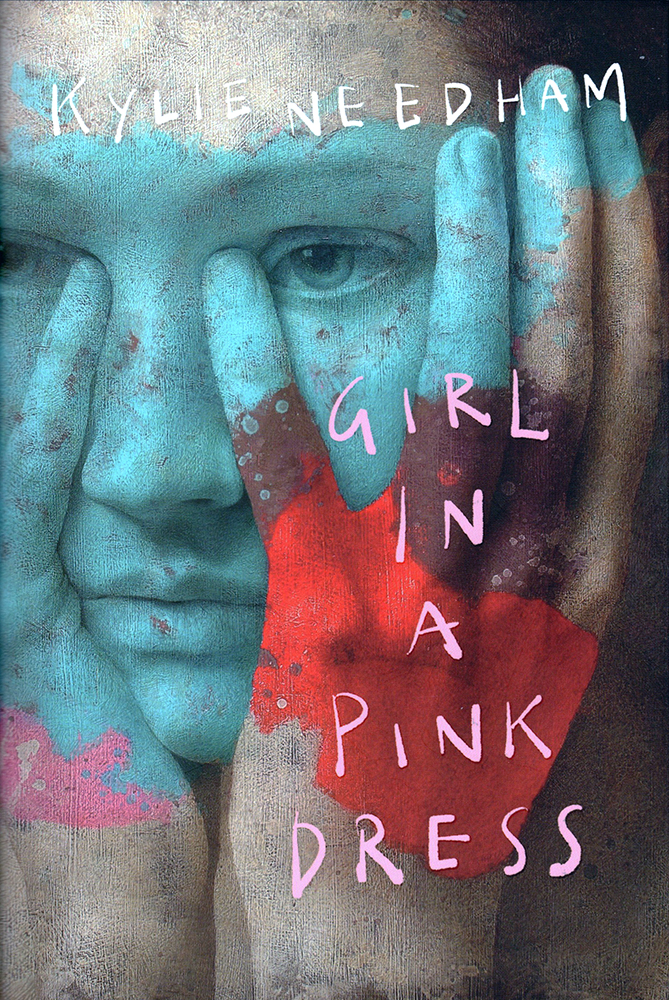
Kylie Needham’s Girl in a Pink Dress is a story of a female artist’s awakening and unequal power in relationships.
Kylie Needham won the 2024 ACT Literary Award for fiction for Girl in a Pink Dress (Penguin Random House; cover design Sandy Cull; cover painting Michal Lukasiewicz).
Her small, perfect debut is an ostensibly simple tale. Its complexity lies in the depths of her characters and the beauty of its carefully chosen language – every word is important, thoughtfully used and placed.
This is a story of female awakening, in which our narrator, Frances, recounts the course of her relationship with successful and fêted artist, her art college teacher, Clem Hughes. The examination of unequal power is largely the work of the reader, as Frances leads us through her apparent innocence and Clem’s apparent narcissism.
However, there is much more to each of them and, hence, many satisfying shades of colour for the reader. Watching the train wreck is only part of the fascination of this story. The third significant wheel is Clem’s father Albert – an artistic giant also carrying the grief of his first marriage and apparently as self-absorbed as Clem.
The author’s message about the plight of Australian women artists is a major theme that is evinced in the artistic style she gives to Frances, one of veiled luminosity. Like Frances’s paintings, this book is also a quietly luminous work.
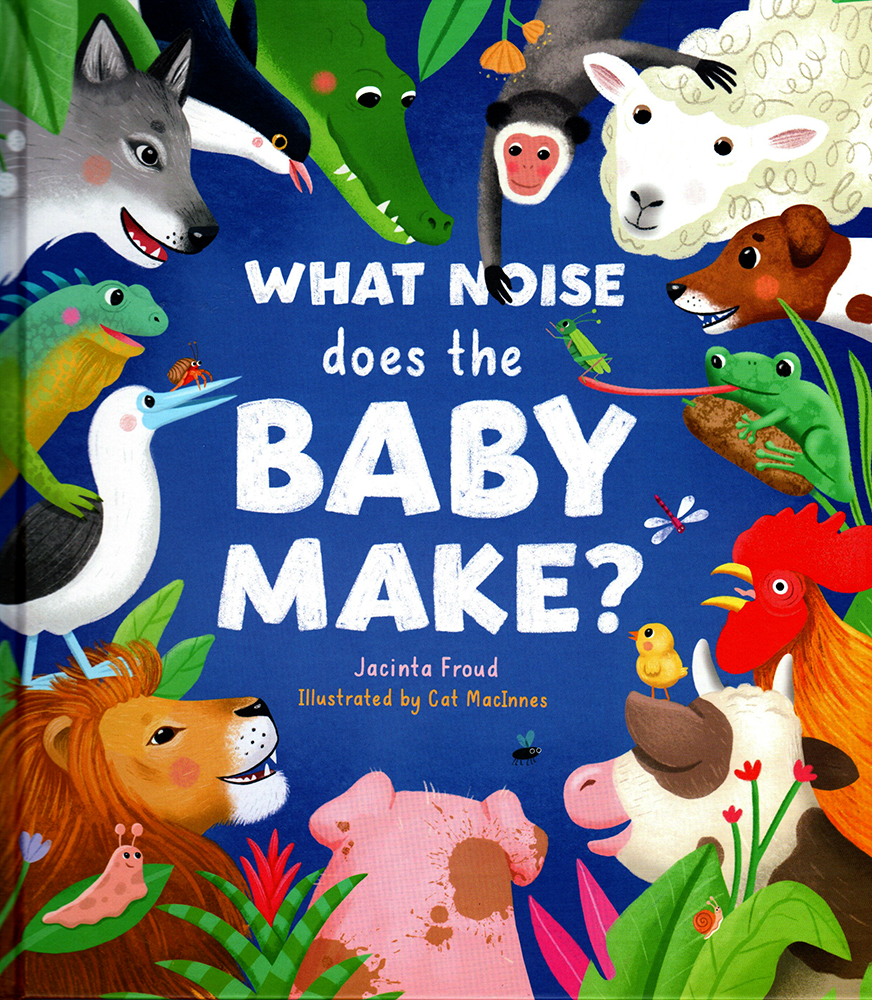
Author Jacinta Froud and artist Cat MacInnes create a gentle but lively early childhood book with lots of animal sounds.
Jacinta Froud and Cat MacInnes give us a subtle view of family through their early childhood book What Noise Does the Baby Make? (Windy Hollow Books; design Nuovo Group).
There are a lot of noises in this book to delight children. The text consists of a repeated sentence pattern. Patterning and repetition are key tools used in early language development, and their use will no doubt add to the anticipation of the young audience as they wait for each new animal and its tantalisingly noisy cry. They will soon be joining in.
Cat MacInnes has created large-scale colourful pictures that remind me of stencilling or collage. The nursery rhyme-style animals are placed prominently on large-scale backgrounds in bold colours. All are outdoors until we come to the final spread, where we learn that the surprise of the story is that the baby referred to throughout the book is human – and thankfully, peacefully asleep in a cot and surrounded by fluffy and real animal friends.
Both author and artist demonstrate a clear understanding of what small children like to listen to and watch at storytime. There is both tenderness and fun here – a lovely combination in an early childhood book.
Barbie Robinson is co-founder and a content creator for Living Arts Canberra, a not-for-profit media outfit supporting arts and community in the Canberra region and books worldwide through its website, podcast interviews and a 24/7 internet radio station at Living Arts Canberra.















